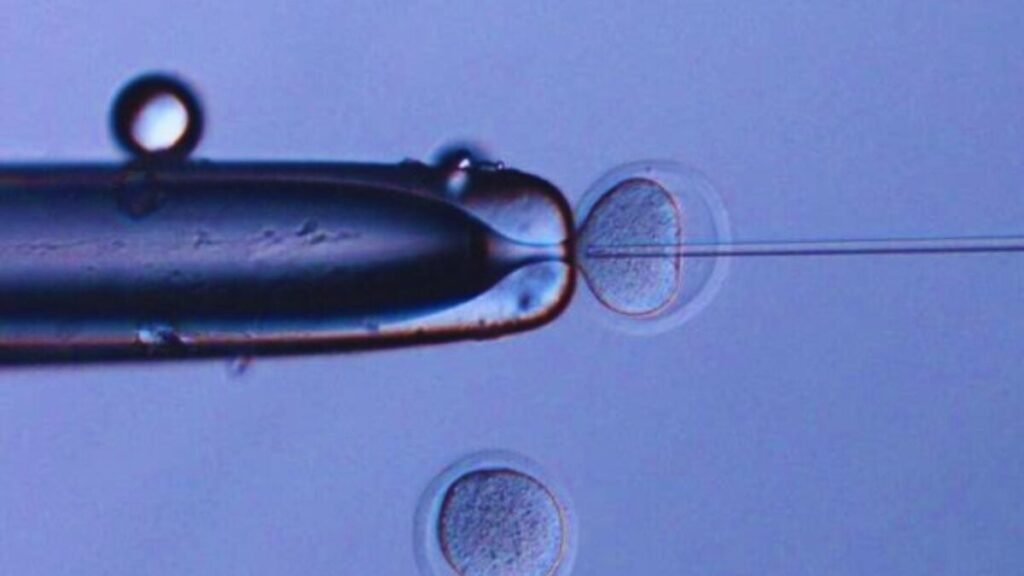Nature doesn’t hold men back from having kids, but genetics sure do!

For the longest time, people believed that men could father children “whenever they wanted,” leaving all the responsibility on women. But recent data is flipping that idea on its head. Turns out, while men can technically have kids their whole lives, there’s a genetic catch. These mutations aren’t just sitting around; they’re actively competing and spreading.
### The Sneaky Sperm
Researchers Raheleh Rahbari and Matthew Neville found out about something called selfish selection of spermatogonia. In simple terms, this means some genetic mutations give an advantage to the sperm-producing stem cells. Over time, sperm gets filled with faulty copies carrying mutations linked to disorders like autism and certain cancers. And it’s not a slow process—by thirty, one in five sperm will have these mutations, jumping to one in twenty by seventy.
### The Game-Changing Technology
Detecting these mutations wasn’t a walk in the park. Regular genetic techniques often hide real mutations with errors. So, the team used a precise technology called duplex sequencing (NanoSeq). Unlike traditional methods, NanoSeq reads both DNA strands at once, making sure a mutation found in both spots is the real deal. This led to identifying 40 genes where these mutations pile up, giving a peek into how male biology changes over time.
### The Genetic Hideout
What’s interesting is that mutations in sperm are quite different from those in a man’s blood cells. Lifestyle choices like smoking or being overweight show up in the blood but not in sperm. It seems like testicles act as a genetic sanctuary, sheltered from external harm. However, mutations keep building up, ticking to their own clock.






